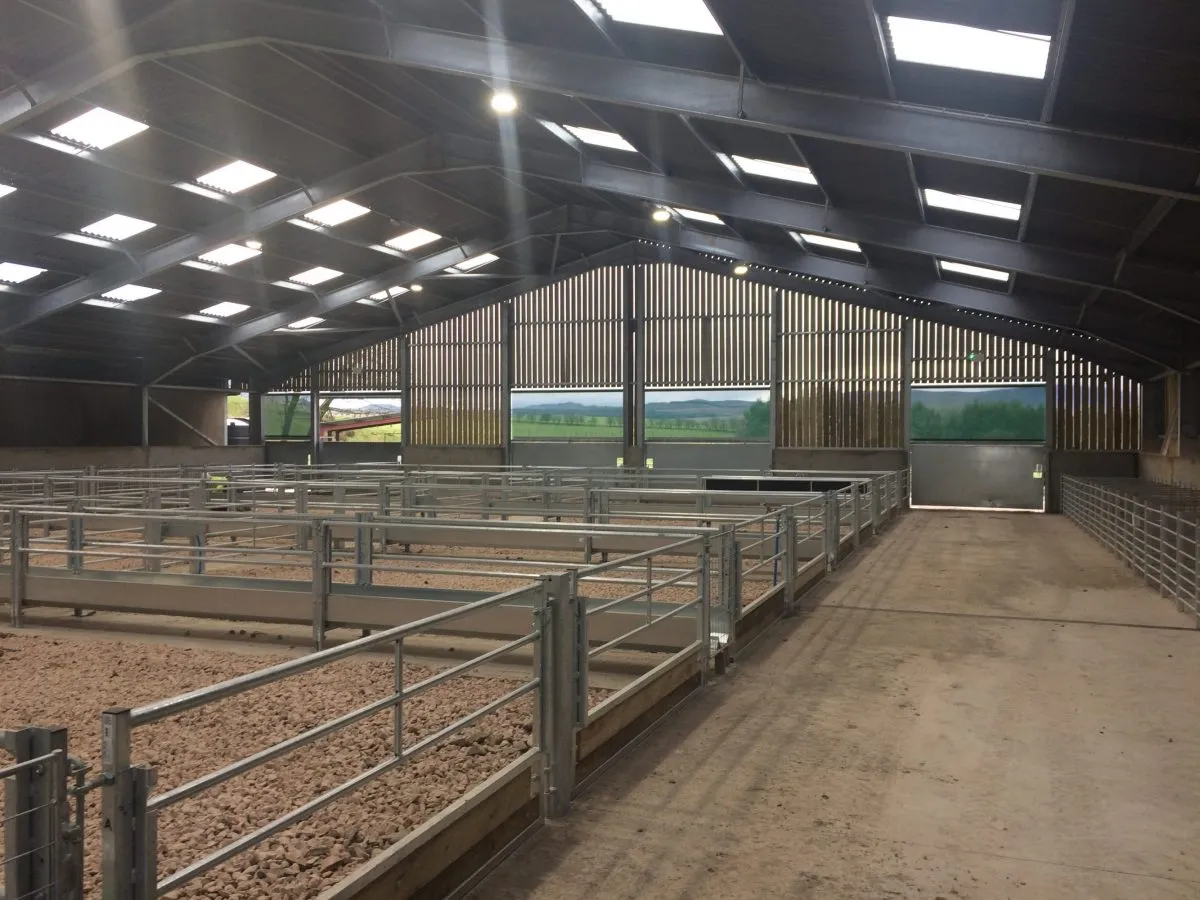- Afrikaans
- Albanian
- Amharic
- Arabic
- Armenian
- Azerbaijani
- Basque
- Belarusian
- Bengali
- Bosnian
- Bulgarian
- Catalan
- Cebuano
- Corsican
- Croatian
- Czech
- Danish
- Dutch
- English
- Esperanto
- Estonian
- Finnish
- French
- Frisian
- Galician
- Georgian
- German
- Greek
- Gujarati
- Haitian Creole
- hausa
- hawaiian
- Hebrew
- Hindi
- Miao
- Hungarian
- Icelandic
- igbo
- Indonesian
- irish
- Italian
- Japanese
- Javanese
- Kannada
- kazakh
- Khmer
- Rwandese
- Korean
- Kurdish
- Kyrgyz
- Lao
- Latin
- Latvian
- Lithuanian
- Luxembourgish
- Macedonian
- Malgashi
- Malay
- Malayalam
- Maltese
- Maori
- Marathi
- Mongolian
- Myanmar
- Nepali
- Norwegian
- Norwegian
- Occitan
- Pashto
- Persian
- Polish
- Portuguese
- Punjabi
- Romanian
- Russian
- Samoan
- Scottish Gaelic
- Serbian
- Sesotho
- Shona
- Sindhi
- Sinhala
- Slovak
- Slovenian
- Somali
- Spanish
- Sundanese
- Swahili
- Swedish
- Tagalog
- Tajik
- Tamil
- Tatar
- Telugu
- Thai
- Turkish
- Turkmen
- Ukrainian
- Urdu
- Uighur
- Uzbek
- Vietnamese
- Welsh
- Bantu
- Yiddish
- Yoruba
- Zulu
Nov . 27, 2024 10:43 Back to list
The Steel Frame Structure A Cornerstone of Modern Architecture
Steel frame structures have revolutionized the field of architecture and construction, providing the framework that supports a wide variety of building types, from skyscrapers to bridges. This innovative construction technique harnesses the strength and flexibility of steel, allowing designers to create taller, more resilient, and aesthetically pleasing structures than ever before. In this article, we will explore the advantages of steel frame construction, its applications, historical context, and future prospects.
Advantages of Steel Frame Structures
One of the primary benefits of using steel in construction is its high strength-to-weight ratio. This allows builders to create lighter structures that can withstand significant loads and stresses, making it ideal for high-rise buildings. Steel frames are capable of enduring extreme weather conditions, including earthquakes, hurricanes, and heavy snow loads, contributing to the longevity and safety of a building.
Additionally, steel is a highly versatile material that can be fabricated into various shapes and sizes. This adaptability allows architects to explore imaginative and bold designs that push the boundaries of traditional building aesthetics. Moreover, steel's durability means that buildings can be constructed faster, as steel components can be prefabricated offsite, reducing construction time and labor costs.
Steel frames are also environmentally friendly. Many steel materials come from recycled sources, contributing to sustainability in construction. Additionally, the ability to recycle steel at the end of a building’s life cycle greatly reduces waste, making it a responsible choice for eco-conscious builders.
Historical Context
The development of steel frame construction dates back to the late 19th century, coinciding with the advent of the Industrial Revolution. The first notable skyscraper, the Home Insurance Building in Chicago, was completed in 1885, featuring a steel frame that allowed it to reach ten stories high—a remarkable feat for the time. This innovation set a precedent for future structures, leading to the rapid growth of urban centers and significantly altering city skylines across the globe.
steel frame structure

As technology has advanced, so has the ability to manipulate steel. The introduction of new welding techniques and advancements in materials science have led to stronger, more efficient steel products. Today, architects and engineers utilize computer-aided design (CAD) and Building Information Modeling (BIM) to precisely plan and visualize complex steel frame structures before construction begins.
Applications in Modern Architecture
Steel frame construction is currently employed in a wide range of building types. High-rise offices, residential towers, hotels, and cultural institutions predominantly use steel frameworks due to their robustness. Iconic structures such as the Willis Tower in Chicago and the Shard in London exemplify the creative potential of steel frame design, showcasing what is possible when engineering meets artistry.
Beyond skyscrapers, steel frames are also pivotal in infrastructure projects, including bridges, stadiums, and industrial facilities. The flexibility of steel allows for expansive open spaces without the need for numerous columns, which is particularly beneficial in structures designed for large crowds or heavy machinery.
Future Prospects
Looking ahead, the future of steel frame construction appears bright. With ongoing research into new steel alloys and composites, the potential for even more resilient and lightweight materials is considerable. Furthermore, the integration of smart technologies into construction processes promises to enhance efficiency and sustainability.
In conclusion, steel frame structures stand as a testament to human ingenuity and adaptability in the field of architecture and construction. The advantages of steel in terms of strength, versatility, and sustainability position it as a fundamental material for modern buildings. As the world continues to evolve, the capabilities and applications of steel frame construction will continue to expand, shaping the skylines of tomorrow.
-
How Do Prefabricated Steel Structures Transform Modern Construction?
NewsJul.14,2025
-
How Do Prefabricated Metal Buildings Redefine Modern Construction?
NewsJul.14,2025
-
How Do Prefab Insulated Metal Buildings and Steel Structures Revolutionize Modern Construction?
NewsJul.14,2025
-
How Do Pre - Engineered Steel Structures Redefine Modern Construction?
NewsJul.14,2025
-
Advancing Modular Construction with Prefabricated Metal Structures
NewsJul.14,2025
-
Advancing Industrial Infrastructure with Prefabricated Steel Solutions
NewsJul.14,2025
Products categories
Our Latest News
We have a professional design team and an excellent production and construction team.












